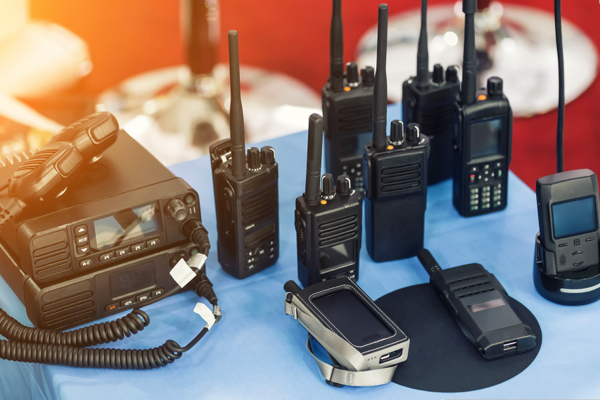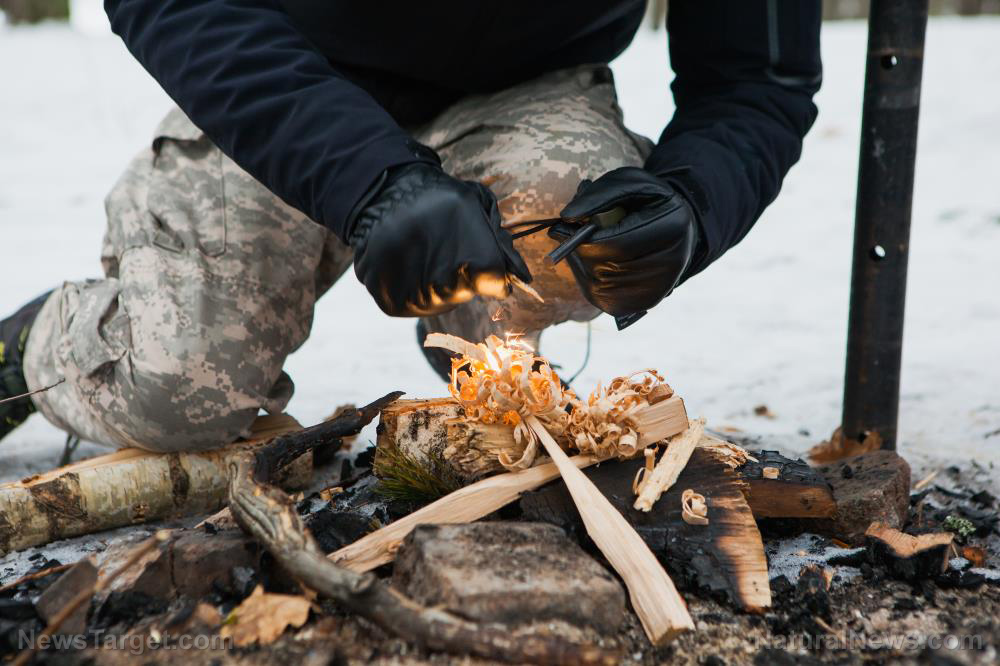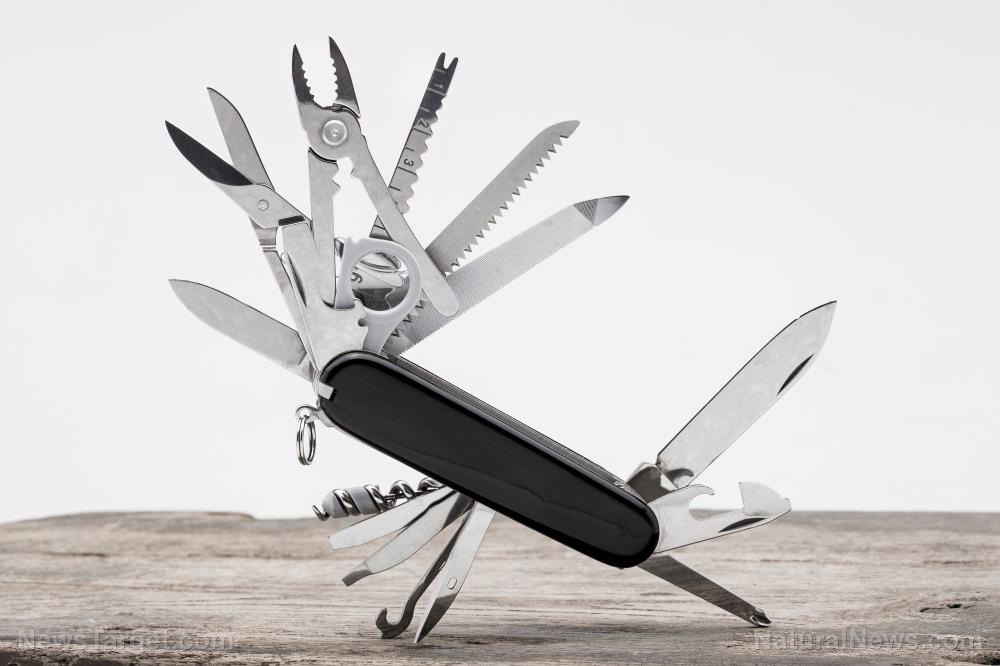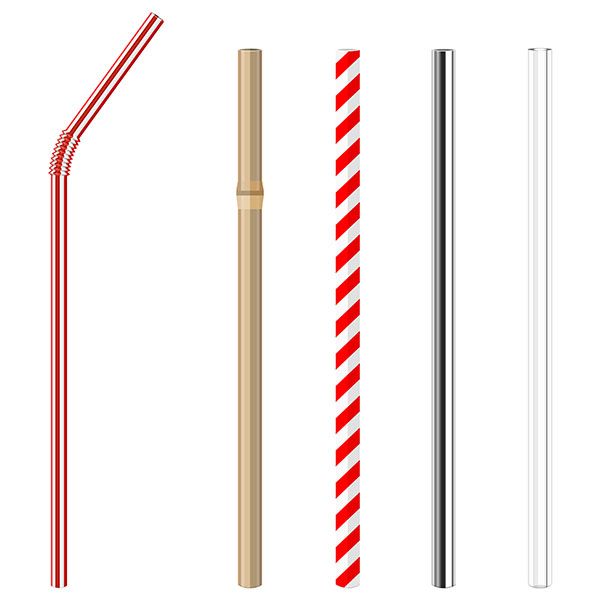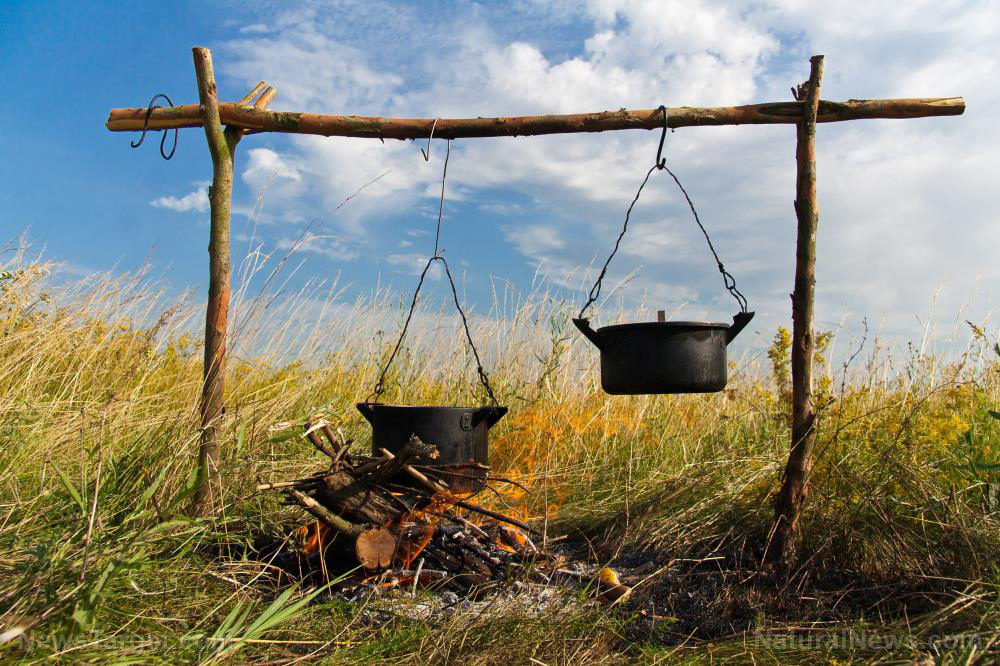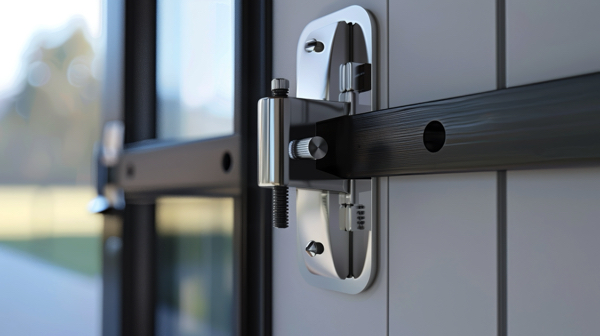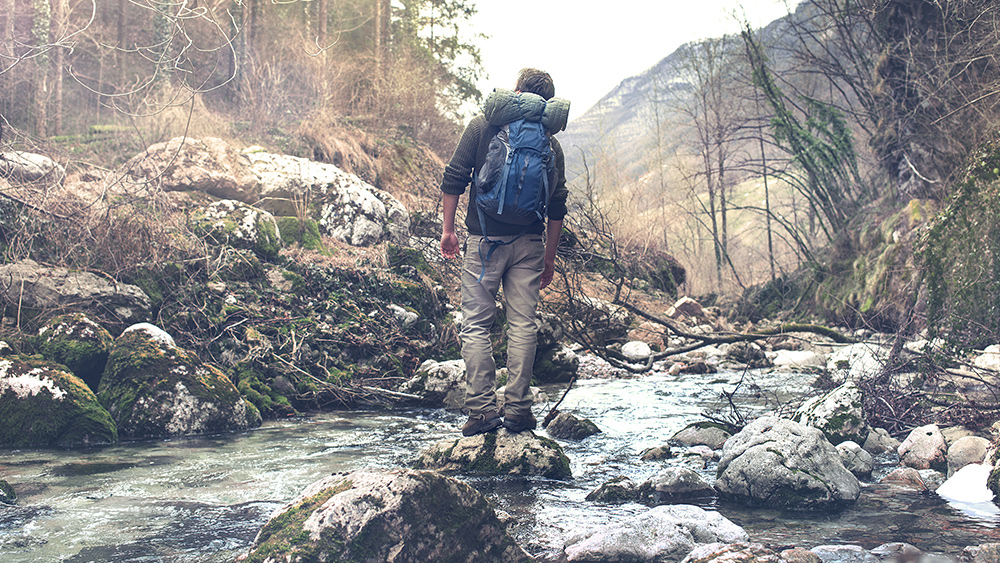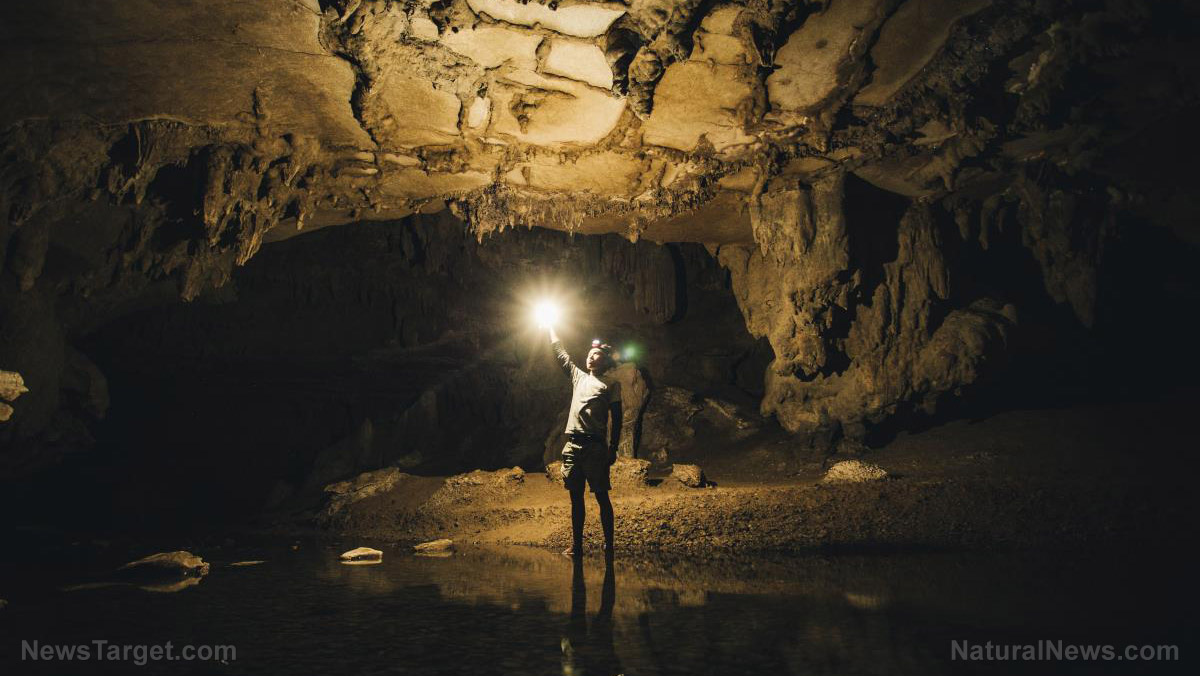15 Prepping trends that could get you killed: How to stay safe when SHTF
10/17/2025 / By Zoey Sky
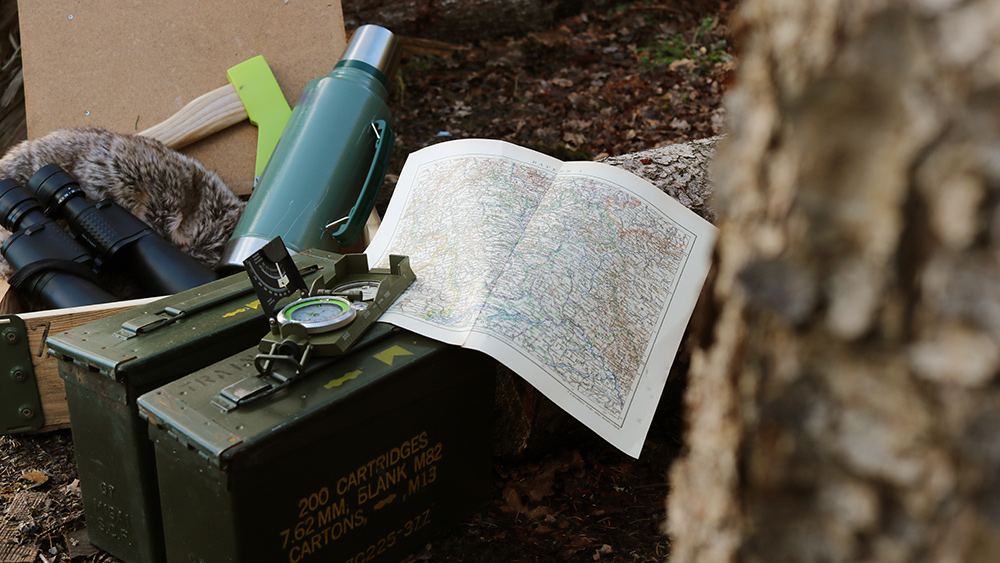
- Many popular online prepping trends are ineffective or even lethal. This includes relying solely on MREs for long-term food, misusing tools like vacuum sealers and storing fuel or food unsafely.
- Your knowledge is more critical than your equipment. Focus on learning essential skills like fire-starting, water purification, navigation with a map and compass, and basic first aid.
- In a real crisis, drawing attention to yourself is dangerous. Avoid “tactical” clothing and oversized vehicles. Instead, adopt a “gray man” approach to blend in and use reliable, practical tools and transportation.
- Prepping is not a one-time activity. Create a sustainable plan with a diverse food supply, analog backups for technology, a clear bug-out strategy with a destination and a focus on mental health and community.
- True preparedness comes from a mindset of competence and resilience, not paranoia. Avoid glamorizing disaster and instead focus on practical steps to protect your family’s well-being through consistent, integrated lifestyle habits.
In the age of social media, even prepping has become a spectacle. Viral videos and online forums are flooded with dramatic gear showcases and survivalist fantasies. But not every trend that racks up likes is grounded in reality.
According to the Enoch AI engine at BrightU.AI, falling for prepping trends is dangerous because it often leads to ineffective or even lethal practices, such as unsafe storage of fuel or relying on unsuitable food supplies like MREs for the long term. The true danger is prioritizing expensive equipment over essential, durable knowledge. Your skills in first aid, fire-starting, water purification and navigation are irreplaceable assets that will serve you far better than any trendy piece of gear you can’t use.
For those serious about survival, understanding which trends to avoid is as crucial as stocking up on supplies.
Relying on MREs as your entire food plan
Meals ready to eat (MREs) are a staple of many bug-out bags due to their convenience and caloric density. However, designing a long-term survival diet around them is a recipe for disaster.
Their excessively high sodium and low fiber content can lead to health issues like severe dehydration, constipation and nutrient deficiencies over time.
What to do instead
Build a resilient food supply with variety. Combine MREs with dry staples like rice, beans and oats.
Incorporate canned meats, freeze-dried fruits and vegetables, and home-canned goods into your prepping stockpile. A diverse diet ensures better nutrition and prevents food fatigue, a real morale-killer in a crisis.
Depending too much on tech
From sophisticated bug-out bag apps to GPS units and portable weather stations, technology is often presented as a survival silver bullet. But in a real disaster, especially one involving an electromagnetic pulse (EMP) or a prolonged grid-down scenario, these devices become worthless paperweights.
What to do instead
Your preparedness plan must include robust analog backups. This means physical maps, a compass you know how to use, paper copies of important documents and field manuals for first aid and survival.
Technology should be a tool, not the cornerstone of your strategy.
Falling for cheap solar tech
A pocket-sized solar panel might look clever in a TikTok video, but its practical output is minimal. It cannot power essential appliances like a refrigerator or a cooking hotplate, or provide sustained lighting for a shelter.
What to do instead
Invest in a properly sized off-grid solar system. Educate yourself on your power needs (wattage), battery storage like deep-cycle AGM or lithium batteries and charge controllers. A modest, well-researched system is infinitely more valuable than a drawer full of useless gadgets.
Misusing vacuum sealing
Vacuum sealers are excellent for food preservation, but misuse can create a toxic environment. Sealing moist foods like fresh bread or fruit without proper pre-treatment traps moisture, leading to the rapid growth of mold and dangerous bacteria like Clostridium botulinum.
What to do instead
Use oxygen absorbers for dry goods and pre-freeze items with high moisture content before sealing. Label and date every package and practice a first-in, first-out rotation system. A tool is only as good as the knowledge behind it.
Exposing stored food to sunlight
The “shelfie,” a proud display of food stockpiles in a garage or sunroom, is a common online trope. Unfortunately, ultraviolet light and heat are among the fastest destroyers of food quality, degrading nutritional value and shortening shelf life dramatically.
What to do instead
Store all food in a cool, dark and dry place. Use opaque bins or cover shelves to block light. A consistent, cool temperature is key to ensuring your food is edible when you need it most.
Going tactical in public
Dressing like a special forces soldier on a mission might earn online accolades, but in a real emergency, it paints a giant target on your back. This “tacti-cool” look attracts unwanted attention from everyone: law enforcement, desperate looters and panicked citizens who may see you as a threat.
What to do instead
Adopt the “gray man” principle. Wear ordinary, neutral-colored clothing that allows you to blend seamlessly into a crowd. The goal is to be invisible, not intimidating.
Buying gear you can’t afford
The pressure to own the latest $500 backpack or custom-made knife can lead to financial ruin. Going into debt for prepping undermines the entire purpose, leaving you financially vulnerable in the present.
What to do instead
Prioritize knowledge and versatility over brand names. Shop at thrift stores, build your kit slowly and learn to use multi-purpose tools. A well-practiced individual with a $20 tarp is far more prepared than someone with a $300 tent that they can’t set up.
Using DIY weapons for looks
Social media is awash with intimidating homemade spears and fantasy-style blades. However, these creations often prioritize aesthetics over reliability.
In a high-stakes self-defense situation, a poorly balanced spear or a brittle blade can fail catastrophically.
What to do instead
Rely on proven, professionally manufactured tools. A quality fixed-blade knife, a compact hatchet or a firearm (for those with proper legal clearance and training) are reliable choices. Invest in practical self-defense training rather than crafting decorative weapons.
Hoarding gear without skills
A wall covered in shiny, unused gear is a testament to consumerism, not preparedness. Without the skills to use any of them, a $10,000 stockpile is just a very expensive clutter collection.
What to do instead
Shift your focus from acquiring to doing. Regularly practice essential skills like starting a fire without a lighter, purifying water from a questionable source, navigating with a map and compass, and administering basic first aid. Your most vital tool is your own competence.
Neglecting mental health
An obsession with doomscrolling and worst-case scenarios–often fueled by algorithm-driven social media–can lead to chronic anxiety, paranoia and isolation. A fearful prepper is an impaired prepper.
What to do instead
Approach prepping from a place of empowerment, not fear. Cultivate a strong mental state by spending time in nature, maintaining real-world social connections and developing hobbies. Resilience is as much psychological as it is physical.
Unsafe fuel storage
Videos showcasing dozens of gasoline cans stacked in a garage or shed are a disturbing trend. This is a house fire or explosion waiting to happen, posing an immediate and severe threat to life and property.
What to do instead
Use containers approved for fuel storage. Keep them in a cool, well-ventilated, detached structure away from any living areas or ignition sources. Rotate your fuel supply every few months and use fuel stabilizers to maintain its integrity.
Oversized bug-out vehicles
The converted “zombie apocalypse” bus or decommissioned military truck may look imposing on YouTube, but these vehicles are impractical. They are fuel-inefficient, difficult to maneuver on blocked roads and attract exactly the kind of attention you want to avoid.
What to do instead
Opt for a reliable, mid-size SUV or truck with good ground clearance and fuel economy. It should be capable of handling rough terrain while maintaining a low profile. The goal is to get away, not to announce your departure.
Bugging out without a real plan
The concept of “bugging out” has been romanticized into an instinctive reaction. However, fleeing your home without a predetermined destination, mapped routes and a clear logistical plan is a recipe for becoming a helpless refugee.
What to do instead
Identify a specific bug-out location and plan multiple routes to get there. Conduct dry runs with your family, simulating different conditions like night travel or roadblocks. Know what you will do if you have to abandon your vehicle and continue on foot.
Glamorizing SHTF scenarios
Some narratives portray a societal collapse as an adventurous clean slate. This is a dangerous fantasy. The reality would be characterized by trauma, disease and extreme human desperation.
What to do instead
Prepping is not about embracing an apocalypse; it’s about pragmatically protecting your family’s safety and well-being. Focus on building sustainable systems, fostering community ties and reinforcing level-headed practical skills.
Treating prepping like a phase
Many people engage in “binge-prepping,” or buying gear for a few months, before losing interest. When a disaster strikes years later, their supplies have expired, their gear obsolete and their skills rusty.
What to do instead
Integrate preparedness into your lifestyle. Review your plans and rotate your food and water supplies quarterly. Continuously learn and practice new skills. Adaptability and consistency are the hallmarks of true readiness.
In the serious business of survival, falling for online trends can have fatal consequences. True preparedness is not about performance; it’s about a quiet, consistent commitment to competence and resilience.
Watch this clip about Prepping and Community Survival Insights with Stefan Verstappen.
This video is from the Health Ranger Report channel on Brighteon.com.
Sources include:
Submit a correction >>
Tagged Under:
bug out, Food storage, food supply, Gear, homesteading, off grid, preparedness, prepper, prepper safety, prepper safety tips, prepping, prepping mistakes, prepping trends, Safety Tips, SHTF, survival, survival gear, survivalist, tips
This article may contain statements that reflect the opinion of the author
RECENT NEWS & ARTICLES
COPYRIGHT © 2018 SURVIVALGEAR.NEWS
All content posted on this site is protected under Free Speech. SurvivalGear.news is not responsible for content written by contributing authors. The information on this site is provided for educational and entertainment purposes only. It is not intended as a substitute for professional advice of any kind. SurvivalGear.news assumes no responsibility for the use or misuse of this material. All trademarks, registered trademarks and service marks mentioned on this site are the property of their respective owners.


